10 Best Herbs to Grow in Pakistan
Best herbs to grow in Pakistan has emerged as a popular and rewarding practice. This green revolution, embraced by many, involves cultivating a diverse array of herbs right in one’s backyard. Let’s delve into the reasons behind the surge in popularity and why cultivating locally grown herbs is not just a trend but a cultural and practical necessity.
Introduction:
Pakistani climates, ranging from the cool mountainous regions to the warm plains, offer a rich tapestry for herb cultivation. The benefits extend beyond mere aesthetics; these herbs become resilient companions, adapting to the specific conditions of their surroundings. This adaptability not only enhances their survival but also amplifies their flavors and medicinal properties, creating a harmonious synergy with the local environment.
From the snow-capped peaks of the Himalayas to the arid deserts of Sindh, Pakistan encompasses diverse climates. For instance, the cool, temperate climates of the northern regions favor herbs like thyme and rosemary, while the warm, arid conditions of the plains support herbs like mint and coriander.
Best herbs to grow in Pakistan:
There are following most popular herbs you can grow in Pakistan
Basil:
Basil, with its fragrant leaves and distinctive taste, is a culinary gem that holds a special place in Pakistani kitchens. Let’s delve into the benefits and culinary uses of this versatile herb, accompanied by essential tips for ensuring its successful growth in Pakistan’s diverse climate.
Benefits of basil:
Flavorful Enhancer: Basil’s rich, aromatic flavor adds depth to various dishes, from pasta sauces to salads and even desserts. Its unique taste elevates the overall culinary experience.
Medicinal Properties: Beyond its culinary allure, basil boasts medicinal properties. It is known for its anti-inflammatory and antioxidant qualities, contributing to overall well-being.
Digestive Aid: Basil aids digestion, making it a valuable addition to meals, especially those rich in spices. It promotes digestive comfort while enhancing the overall dining experience.
Growing tips for basil:
Sunlight: Basil thrives in full sunlight. Ensure your plant receives at least 6-8 hours of sunlight daily, especially in Pakistan’s warm climate.
Well-Drained Soil: Use well-draining soil to prevent waterlogging, which can be detrimental to basil. A mix of potting soil and perlite works well.
Watering: Keep the soil consistently moist but not waterlogged. Basil prefers slightly damp conditions. Water at the base to prevent fungal issues on leaves.
Pruning: Regular pruning encourages bushier growth. Pinch off the tips regularly to promote lateral branching, resulting in a fuller and more productive basil plant.
Temperature Considerations: Basil enjoys warm temperatures. If planting in colder months, consider using containers that can be moved indoors during chilly nights.

Mint:
Mint, with its invigorating aroma and versatile flavors, is the best herbs to grow in Pakistan. Let’s explore the varieties of mint and their culinary applications, along with specific soil and watering requirements tailored to Pakistan’s diverse regions.
Growing tips for mint:
Soil Composition: Mint prefers well-drained, loamy soil. Ensure good drainage to prevent waterlogged roots, particularly in regions with heavy rainfall.
Sunlight: While mint can tolerate partial shade, it generally thrives in full to partial sunlight. In areas with intense sunlight, partial shade during the hottest part of the day is beneficial.
Watering: Mint enjoys consistently moist soil. Water regularly, especially during dry spells, but avoid waterlogging. Water at the base to keep the leaves dry and prevent fungal issues.
Container Gardening: Consider planting mint in containers, especially in regions with limited garden space. This also helps control its potentially invasive growth.
Companion Planting: Planting mint near other vegetables can deter pests. However, keep it in a contained area to prevent it from taking over the entire garden.

Coriander:
Coriander, known as cilantro in many regions, is a quintessential herb in Pakistani dishes, lending its distinctive aroma and flavor to a variety of culinary creations. Let’s explore the growing tips and versatile uses of coriander in Pakistani cuisine, along with techniques for ensuring a continuous harvest in diverse climates.
Growing tips for coriander:
Sunlight: Coriander thrives in partial shade, especially in regions with intense sunlight. Provide it with 3-4 hours of sunlight daily for optimal growth.
Well-Drained Soil: Plant coriander in well-drained soil with good aeration. It dislikes waterlogged conditions, so ensure proper drainage.
Moisture Levels: Keep the soil consistently moist, but avoid overwatering. Coriander prefers slightly damp conditions, and its roots are sensitive to waterlogged environments.
Temperature Considerations: Coriander prefers cooler temperatures. In hot Pakistani summers, consider planting it in a location that receives morning sunlight but is shaded during the hottest part of the day.
Successive Planting: To ensure a continuous harvest, practice successive planting every few weeks. This staggered approach ensures a steady supply of fresh coriander throughout the growing season.
Techniques for Continuous Harvesting in Varying Climates:
Succession Planting: Plant coriander seeds in batches every 2-3 weeks. This ensures a continuous supply of fresh leaves, compensating for the shorter lifespan of individual plants.
Harvesting Leaves, Not Stems: When harvesting, focus on plucking the outer leaves rather than the central stems. This encourages the plant to keep producing new growth from the center.
Prevent Bolting: Bolting, or premature flowering, reduces leaf production. To prevent this, harvest regularly, and provide adequate moisture to keep the plant focused on leaf development.

Thyme:
Thyme, with its aromatic leaves and distinct flavor, is a herb that brings a delightful complexity to both culinary and medicinal realms. Let’s explore the culinary uses, medicinal properties, and the adaptability of thyme in the diverse landscape of Pakistan.
Medicinal properties of thyme:
Antioxidant Rich: Thyme is a potent source of antioxidants, helping combat oxidative stress in the body and supporting overall health.
Antimicrobial Effects: The essential oils in thyme have antimicrobial properties, making it historically used to address respiratory issues and sore throats.
Digestive Aid: Thyme has been linked to improved digestion, soothing gastrointestinal discomfort and promoting a healthy digestive system.
Growing tips for thyme:
Climate Resilience: Thyme exhibits adaptability to a range of climates, making it suitable for diverse regions in Pakistan. It can thrive in both temperate and warmer zones.
Well-Drained Soil: Thyme prefers well-drained soil with moderate fertility. It can tolerate drier conditions, making it resilient in regions with sporadic rainfall.
Container Gardening: In areas with extreme climates, consider cultivating thyme in containers. This allows for better control over soil conditions and placement, especially in regions with high temperatures.
Partial Shade Tolerance: While thyme enjoys full sunlight, it can tolerate partial shade. This adaptability makes it versatile in gardens with varying light conditions.

Parsley:
Parsley, with its vibrant green leaves and fresh flavor, is the best herbs to grow in Pakistan. Let’s delve into the cultivation methods of parsley and explore its significance in enriching the diverse flavors of Pakistani dishes.
Growing tips for parsley:
Planting Seeds: Parsley is typically grown from seeds. Soak the seeds in warm water for a few hours before planting to enhance germination.
Well-Drained Soil: Choose well-drained soil with a slightly acidic to neutral pH. Parsley prefers soil that is rich in organic matter.
Sunlight Requirements: Parsley thrives in partial to full sunlight. Ensure your parsley plants receive at least 4-6 hours of sunlight daily.
Regular Watering: Keep the soil consistently moist. Water parsley at the base to avoid wetting the leaves excessively, which can lead to fungal issues.
Container Gardening: Parsley adapts well to container gardening. This is particularly useful for those with limited garden space or for cultivating parsley indoors.
Pruning and Harvesting: Regular pruning encourages bushier growth. Harvest parsley by cutting the outer leaves, allowing the inner leaves to continue growing.

Rosemary:
Rosemary, with its aromatic foliage and robust flavor, is a herb renowned for its adaptability and culinary versatility. Let’s explore the suitability of rosemary for Pakistani conditions and its delightful culinary applications in Pakistani cuisine.
Growing tips for rosemary
Climate Adaptability: Rosemary thrives in warm, sunny climates, making it well-suited for certain regions of Pakistan with similar weather patterns.
Well-Drained Soil: Like many Mediterranean herbs, rosemary prefers well-drained soil with moderate fertility. It can tolerate drier conditions, making it suitable for areas with sporadic rainfall.
Sunlight Requirements: Rosemary loves ample sunlight. It flourishes in full sunlight and can tolerate partial shade, but optimal growth occurs with at least 6-8 hours of direct sunlight.
Temperature Resilience: While it appreciates warmth, rosemary can withstand mild frosts. In colder regions of Pakistan, protecting it during extreme winters or planting it in containers for mobility might be beneficial.
Container Gardening: In regions with extreme temperatures or limited garden space, cultivating rosemary in containers allows for better control over soil conditions and placement.
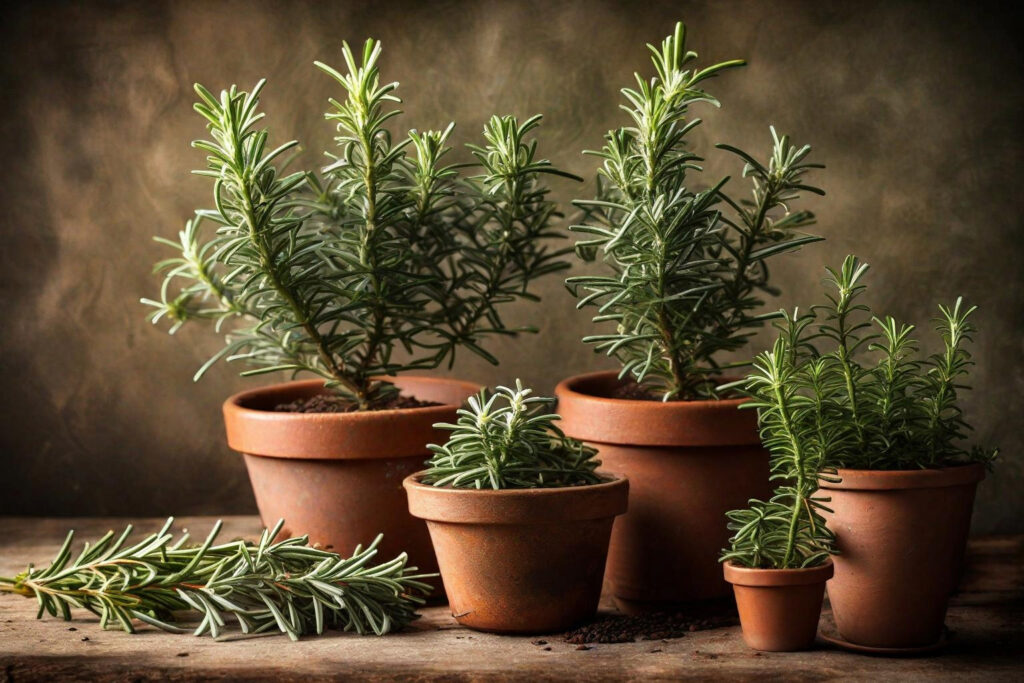
Chives:
Chives, with their slender green stems and delicate onion flavor, are a graceful addition to gardens and kitchens alike. Let’s explore the growing guide for chives and unravel their culinary significance in the vibrant tapestry of Pakistani cuisine.
Growing tips for chives:
Soil and Location: Chives thrive in well-drained soil with a slightly alkaline to neutral pH. Plant them in a location that receives at least 4-6 hours of sunlight each day.
Propagation: Chives are easily propagated through seeds or divisions. Plant seeds in early spring or divide existing clumps every 2-3 years to promote robust growth.
Watering: Keep the soil consistently moist but not waterlogged. Chives appreciate regular watering, especially during dry spells, to maintain their freshness.
Container Gardening: Chives adapt well to container gardening. Planting them in pots allows for flexibility in placement, making it easier to move them to ideal sunlight conditions.
Companion Planting: Plant chives alongside vegetables prone to aphids, as they can deter these pests. They also complement other herbs, fostering a harmonious garden environment.

Dill:
Dill, with its feathery leaves and distinct flavor, is a best herbs to grow in Pakistan. Let’s explore planting instructions and care specific to Pakistan’s conditions, ensuring a successful cultivation of this aromatic herb.
Growing tips for dill:
Soil preparation: Dill prefers well-drained soil with a slightly acidic to neutral pH. Ensure good drainage to prevent waterlogging, especially in regions with heavy rainfall.
Sunlight Requirements: Plant dill in a location that receives full sunlight or partial shade. In the intense heat of Pakistani summers, providing some shade during the hottest part of the day can be beneficial.
Temperature Considerations: Dill thrives in cooler temperatures. Plant it in early spring or fall to take advantage of milder weather conditions.
Seed Planting: Directly sow dill seeds into the soil, as they do not transplant well. Plant the seeds about ¼ inch deep and space them 12 to 18 inches apart.
Watering Routine: Keep the soil consistently moist. Dill prefers regular watering, especially during dry spells. Avoid overwatering to prevent root rot.
Companion Planting: Planting dill near tomatoes, cabbage, and other vegetables can help deter certain pests. However, be cautious as dill can inhibit the growth of carrots.
Care tips for dill in Pakistan climate:
Harvesting: Harvest dill leaves when they are young and tender, as they have the best flavor. Snip the leaves with clean scissors or pruners.
Pruning Flowers: Pinch off flower heads to encourage the production of more leaves. Allowing dill to flower can lead to a decline in leaf production.
Container Gardening: Dill adapts well to container gardening. This is particularly useful for those with limited garden space or for cultivating dill indoors.
Pest Management: Keep an eye out for aphids and caterpillars, common pests for dill. Consider natural pest control methods or use organic insecticidal soap if needed.
Successive Planting: To ensure a continuous harvest, plant new dill seeds every few weeks. This staggered approach provides a consistent supply of fresh leaves.

Fenugreek (Methi)
Fenugreek, known as Methi in Pakistan, holds significant importance in the diverse culinary landscape of the country. Let’s explore its role in Pakistani cuisine and specific growing techniques for maximizing yield and flavor.
Growing tips for Methi:
Soil and planting: Fenugreek thrives in well-drained soil rich in organic matter. Sow seeds directly in the soil about 1/4 to 1/2 inch deep, spaced approximately 4-6 inches apart.
Sunlight Requirements: Ensure the plants receive full sunlight for at least 6-8 hours a day. Adequate sunlight is crucial for the healthy growth of fenugreek.
Regular Watering: Keep the soil consistently moist, especially during the germination and growth stages. Water gently to avoid displacing seeds or damaging young plants.
Harvesting Techniques: Fenugreek leaves can be harvested as soon as the plant reaches 6-8 inches in height. Harvest by snipping off the top portions, leaving some leaves behind for regrowth.
Successive Planting: For a continuous supply, sow fenugreek seeds successively every few weeks. This staggered planting ensures a consistent yield of fresh leaves.
Pest and Disease Management: Keep an eye out for pests like aphids or powdery mildew. Use organic remedies or neem oil spray to address these issues if they arise.

Conclusion:
Best herbs to grow in Pakistan isn’t just about cultivating plants; it’s about cultivating flavors, traditions, and well-being. Embracing the significance of nurturing these herbs in your own garden offers a multitude of benefits, from enhancing the taste of your dishes to fostering a deeper connection with nature and culinary heritage.

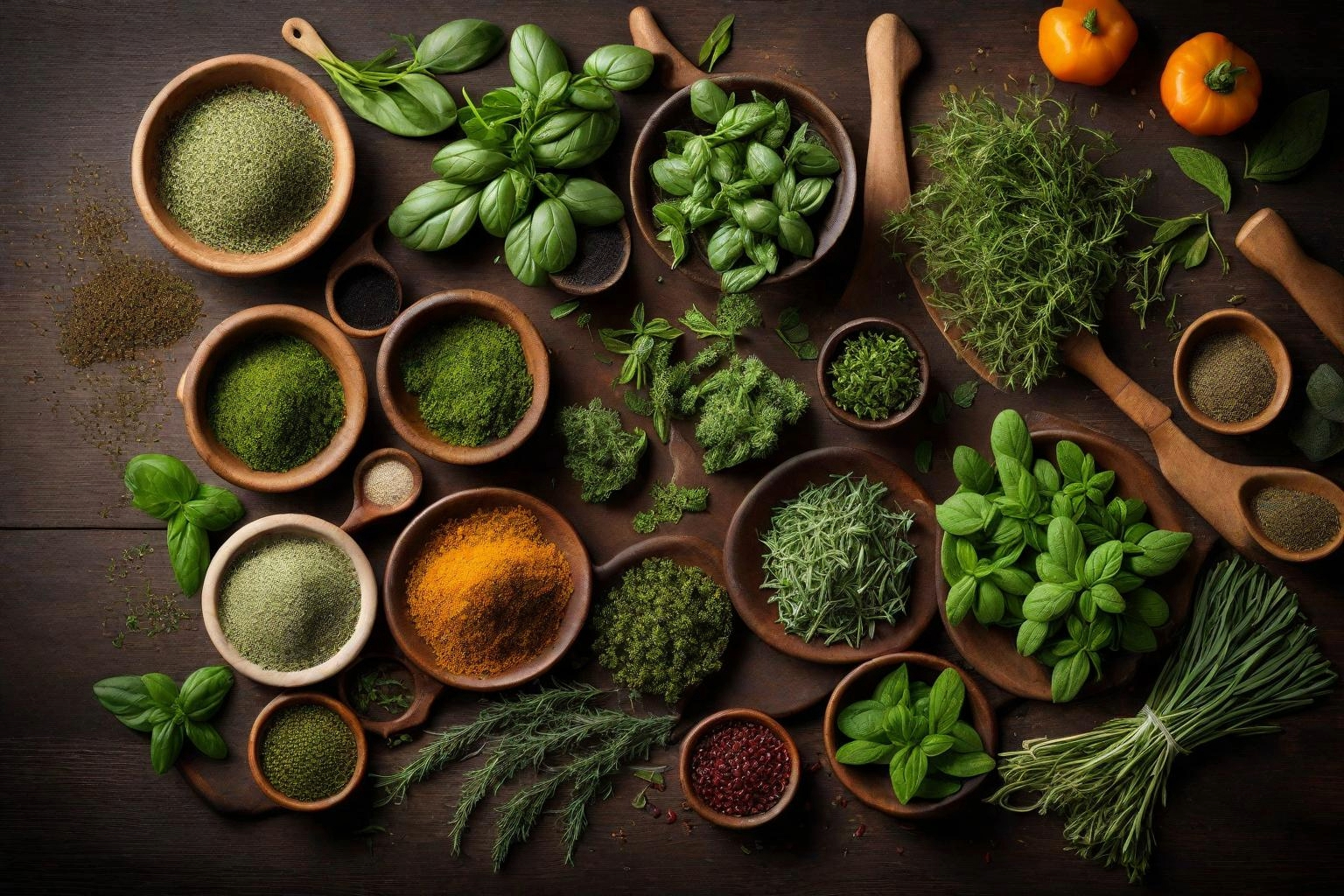


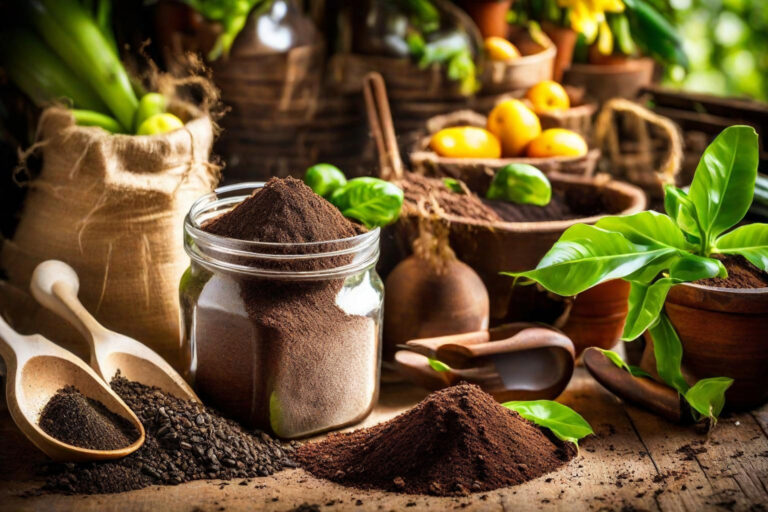
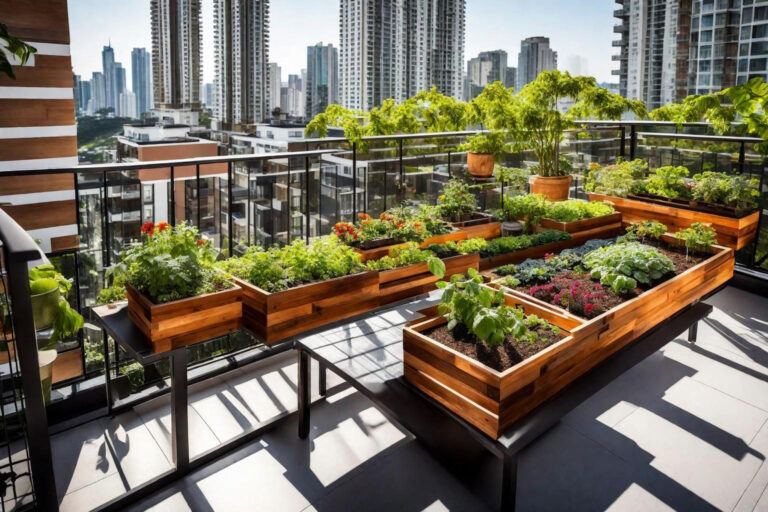
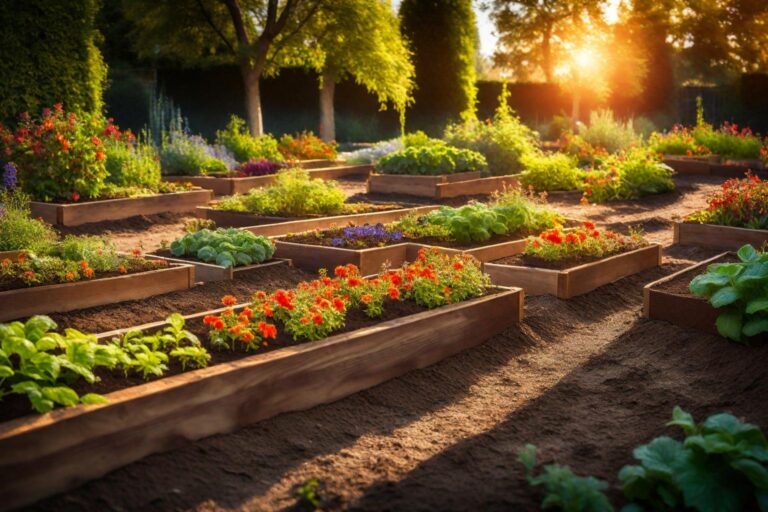

really informative